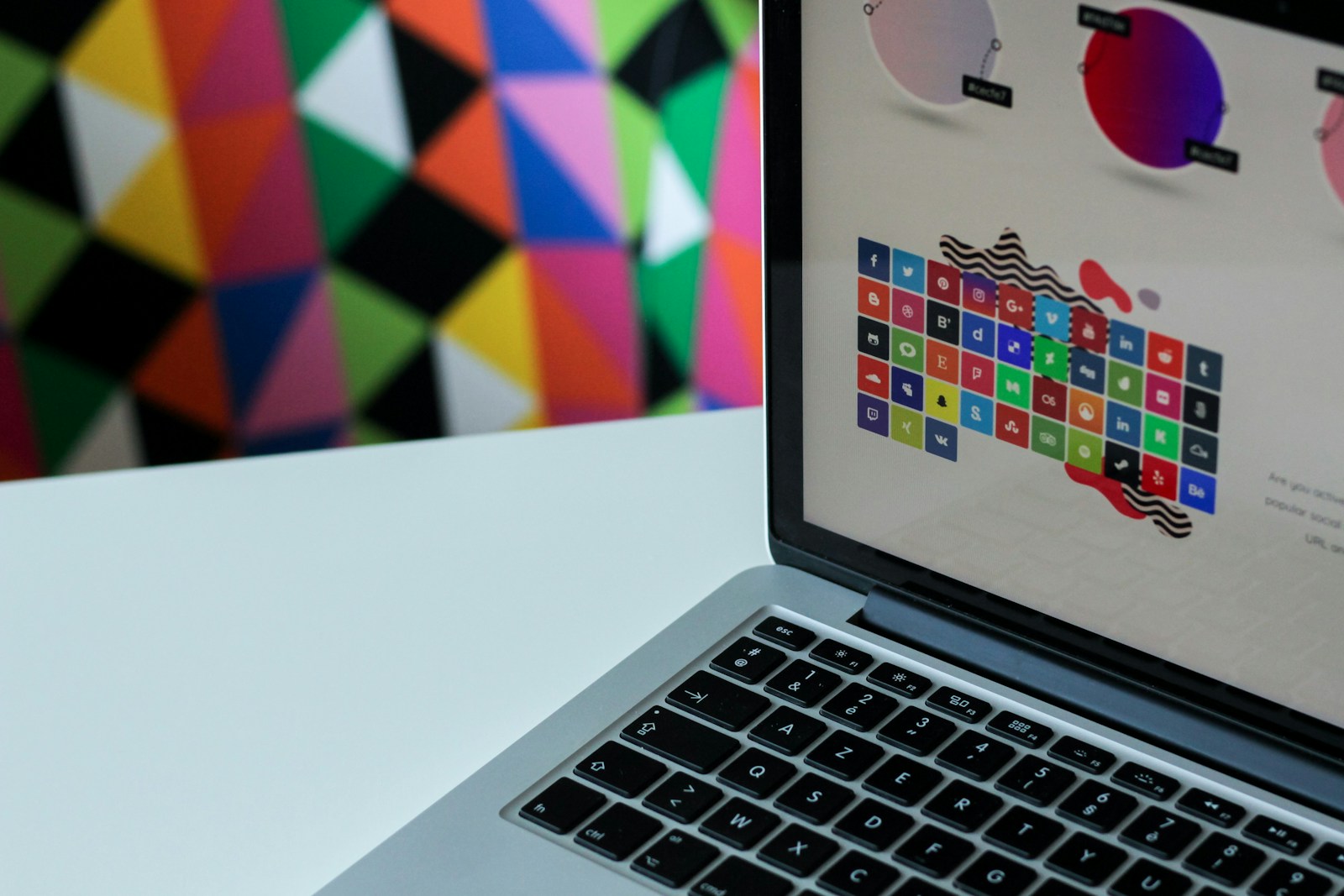3D printing, also known as additive manufacturing, has emerged as a transformative technology in various industries, fundamentally altering how products are designed, manufactured, and delivered. From prototypes to final products, 3D printing offers unprecedented levels of customization, efficiency, and sustainability. This article explores the ways in which 3D printing is revolutionizing manufacturing and design, highlighting key advancements and their implications for the future.

1. Rapid Prototyping and Iteration
One of the most significant advantages of 3D printing is its ability to streamline the prototyping process. Traditional manufacturing methods often involve lengthy lead times and high costs for producing prototypes. In contrast, 3D printing allows designers and engineers to quickly create and test prototypes, facilitating rapid iteration.
Speed and Cost Efficiency: With 3D printing, designers can produce prototypes in hours instead of weeks, significantly reducing development time. This speed enables companies to respond to market demands more swiftly and efficiently. Furthermore, the lower material costs associated with 3D printing make it an economically viable option for small-batch production.
Design Flexibility: 3D printing encourages innovative design approaches that may be difficult or impossible to achieve with traditional manufacturing methods. Designers can create complex geometries and intricate features, allowing for more creative and functional product designs.
2. Customization and Personalization
In today’s consumer-driven market, customization is increasingly important. 3D printing enables manufacturers to produce highly personalized products that cater to individual preferences and requirements.
Tailored Solutions: Industries such as healthcare are leveraging 3D printing to create custom implants, prosthetics, and dental devices tailored to each patient’s unique anatomy. This level of customization enhances patient comfort and treatment effectiveness, revolutionizing the way medical devices are produced.
Consumer Products: From personalized jewelry to custom-fit shoes, 3D printing allows consumers to participate in the design process, creating products that reflect their individual tastes and needs. This shift toward personalized consumer goods fosters brand loyalty and customer satisfaction.
3. Sustainability and Waste Reduction
Sustainability is a critical concern for modern manufacturers, and 3D printing presents opportunities to reduce waste and conserve resources.
Material Efficiency: Unlike traditional subtractive manufacturing methods, which involve cutting away material from a solid block, 3D printing builds objects layer by layer. This additive process significantly reduces material waste, making it a more environmentally friendly option.
Local Production: 3D printing enables localized manufacturing, allowing companies to produce goods closer to the point of consumption. This reduces transportation emissions and supports local economies. By eliminating the need for extensive supply chains, businesses can minimize their environmental impact.
4. Revolutionizing Supply Chains
The impact of 3D printing extends beyond individual products to the entire supply chain. The ability to produce parts on demand can lead to significant changes in inventory management and logistics.
On-Demand Production: With 3D printing, manufacturers can produce parts as needed, reducing the need for large inventories. This on-demand approach minimizes storage costs and mitigates the risk of overproduction. Companies can respond to changing market demands more flexibly and efficiently.
Decentralized Manufacturing: 3D printing supports decentralized manufacturing models, allowing businesses to produce components at multiple locations. This flexibility enhances supply chain resilience, enabling companies to adapt to disruptions or changes in demand more effectively.
5. Emerging Applications and Future Potential
As 3D printing technology continues to advance, its applications are expanding into new fields and industries.
Construction and Architecture: 3D printing is making waves in the construction industry, with companies experimenting with printing entire buildings using concrete and other materials. This innovative approach promises faster construction times, reduced labor costs, and more sustainable building practices.
Food Production: Food printing is an exciting frontier in 3D printing technology, enabling chefs to create intricate edible designs and customized meals. This application has the potential to revolutionize food production, offering unique culinary experiences and addressing dietary needs.
Conclusion
3D printing is revolutionizing manufacturing and design by enabling rapid prototyping, customization, sustainability, and supply chain efficiency. As technology continues to evolve, the possibilities for innovation are virtually limitless.
The impact of 3D printing extends across various industries, from healthcare and consumer goods to construction and food production. As companies increasingly adopt this transformative technology, the future of manufacturing will be defined by flexibility, efficiency, and sustainability, ushering in a new era of production that meets the demands of a rapidly changing world. Embracing 3D printing will be essential for businesses looking to stay competitive and responsive in today’s dynamic market landscape.